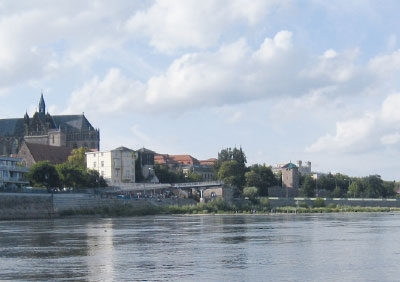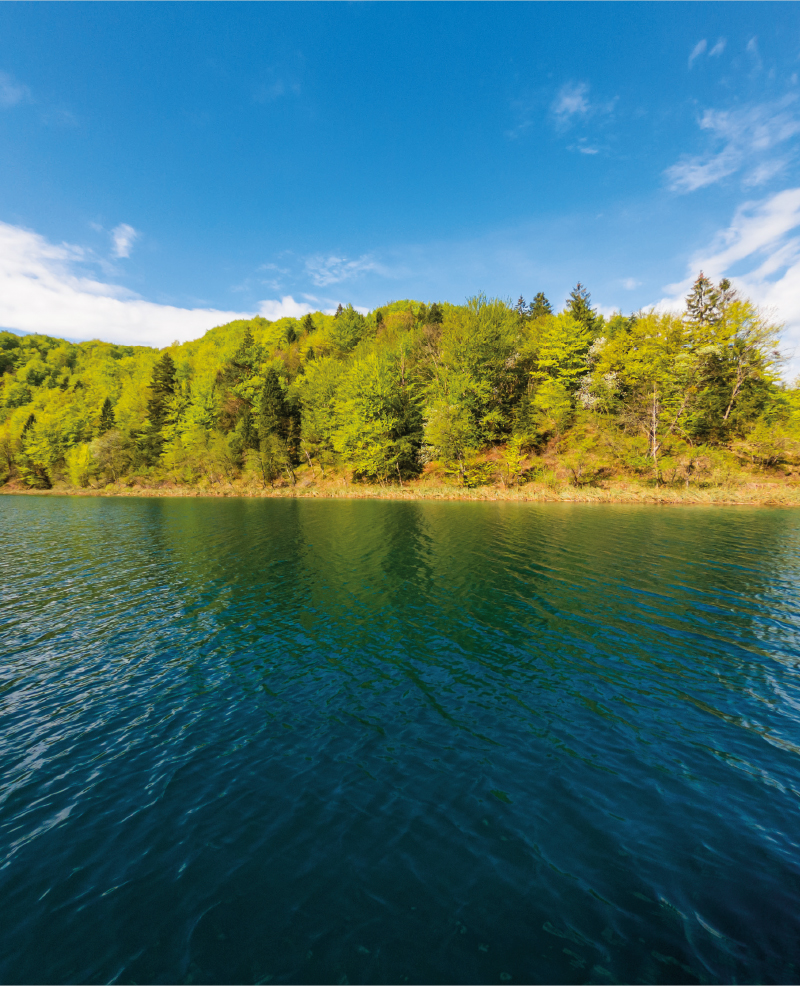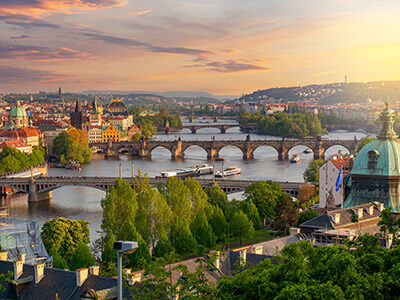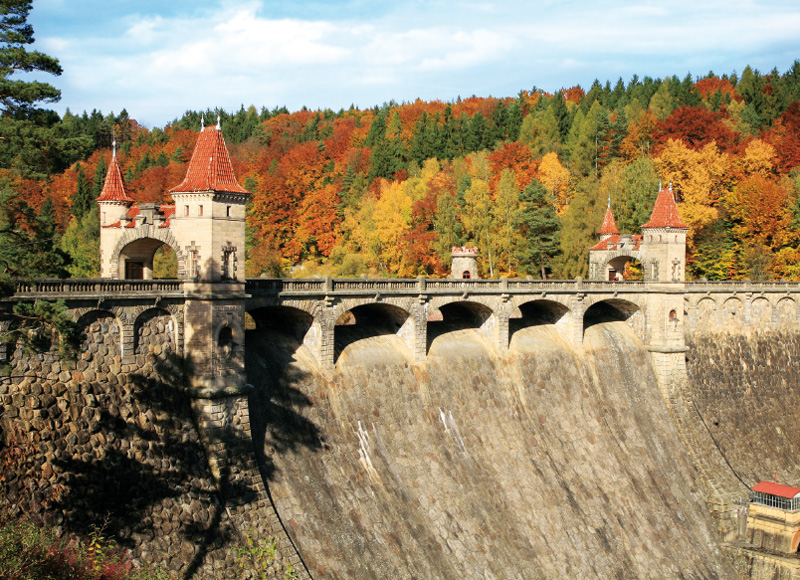The Czech Republic chairs the International Commission for the Protection of the Elbe River for the next three years
In Magdeburg on 16th January 2024, the handover ceremony took place of the presidency of the International Commission for the Protection of the Elbe River (ICPER). The Czech Republic took over from the Federal Republic of Germany for the next three years. Ing Tomáš Fojtík, who is Director of T. G. Masaryk Water Research Institute (TGM WRI), was appointed as the new president with the agreement of the contracting parties. The TGM WRI employees are internationally recognized and long-term leaders, spokespeople, and members of working groups and expert groups, who significantly participate in the Commission’s activities and direction. This fact underlines the significance and importance of this re-search organization of the Ministry of the Environment as well as the actual research. Since the ICPER establishment in 1990, Ing. Tomáš Fojtík is the fifth president of the Commission from the Czech Republic.




